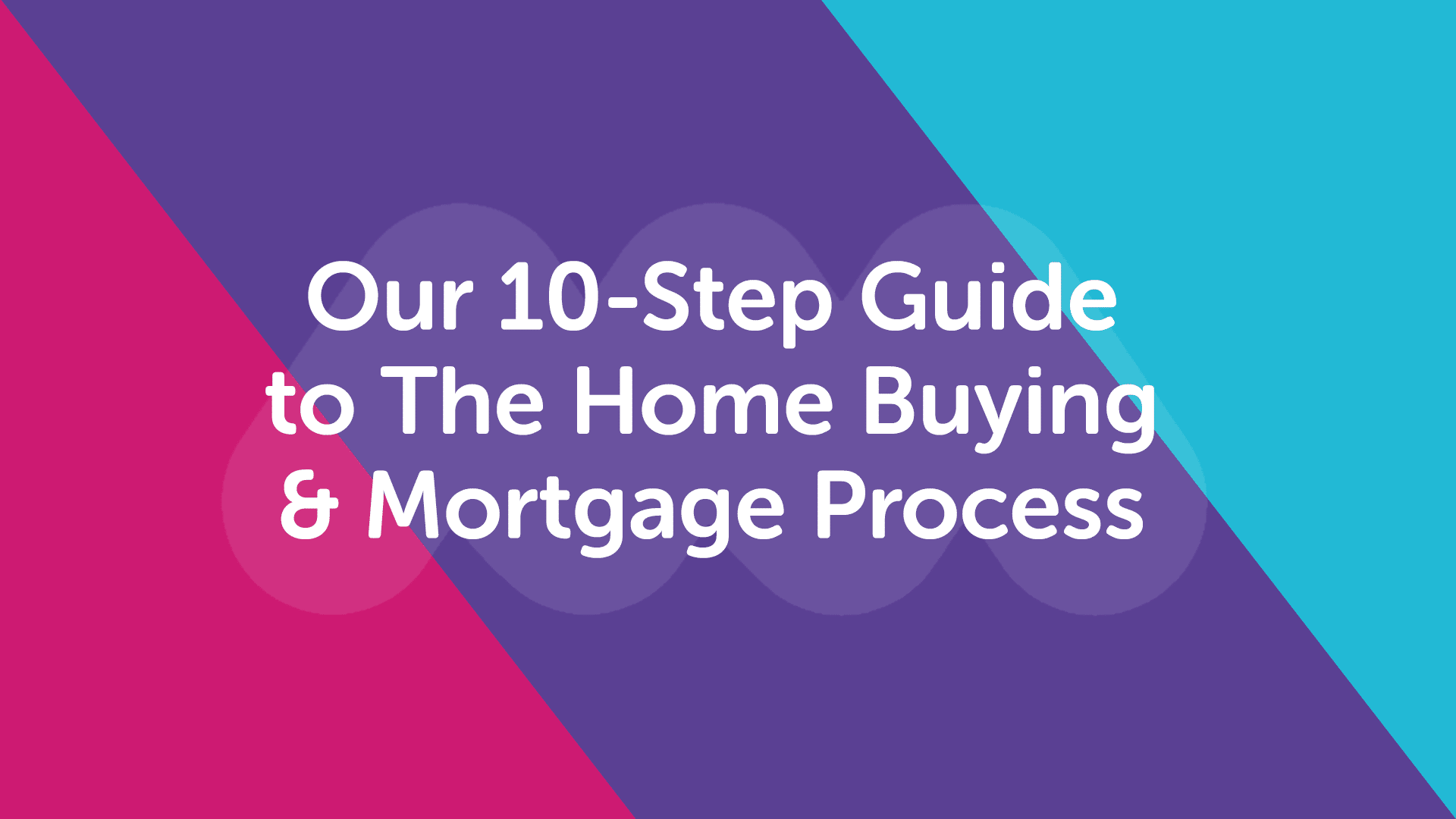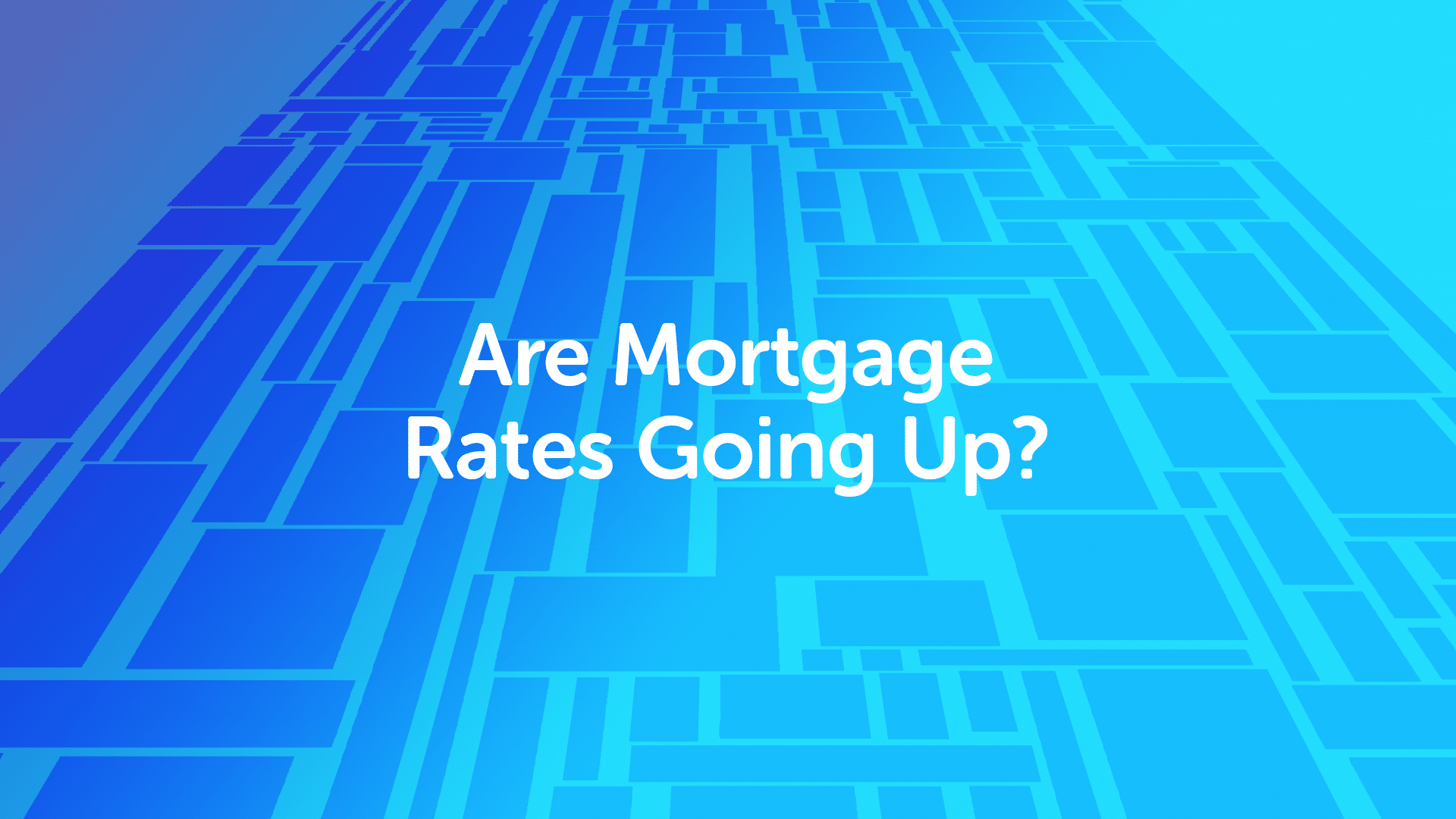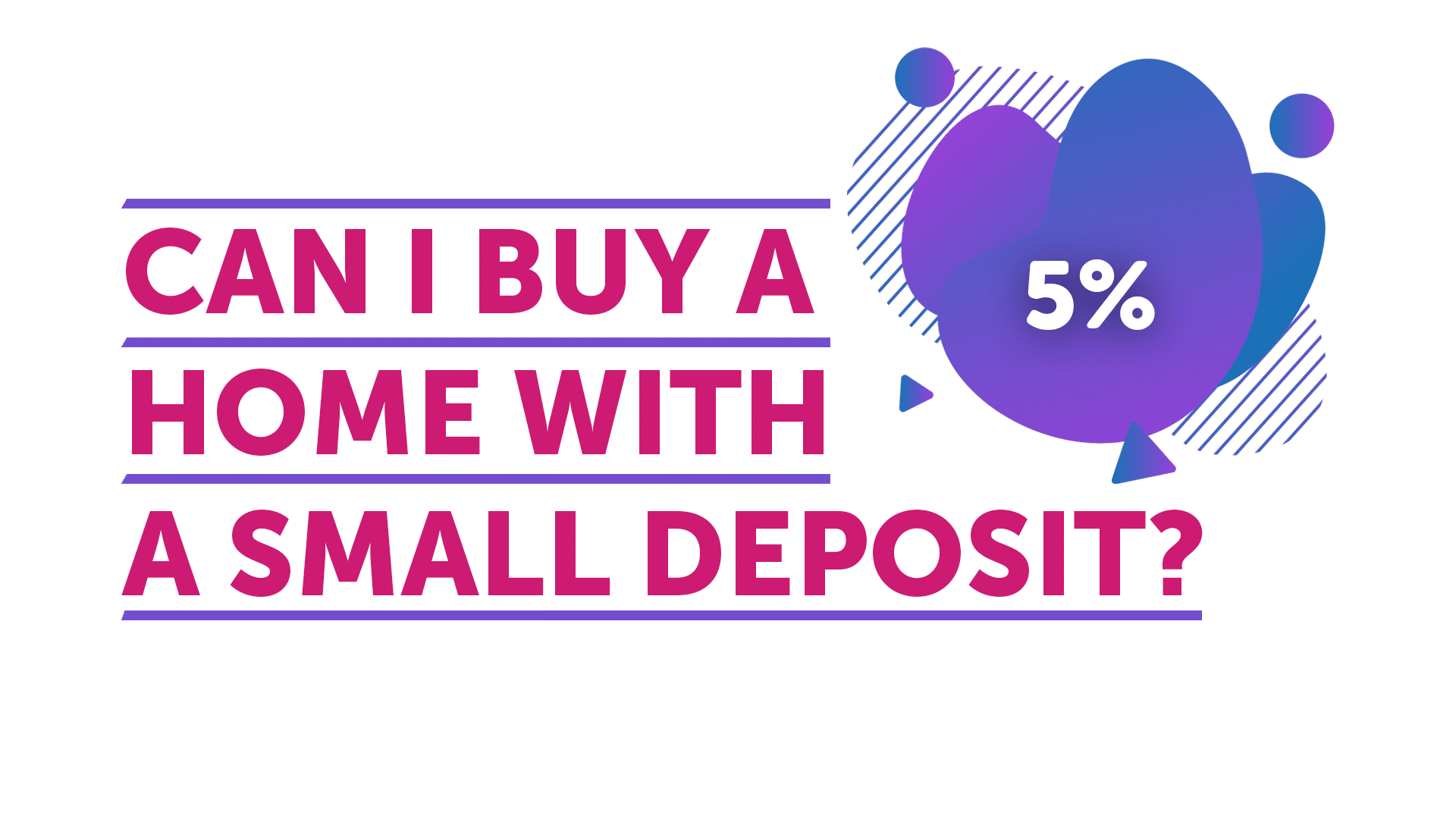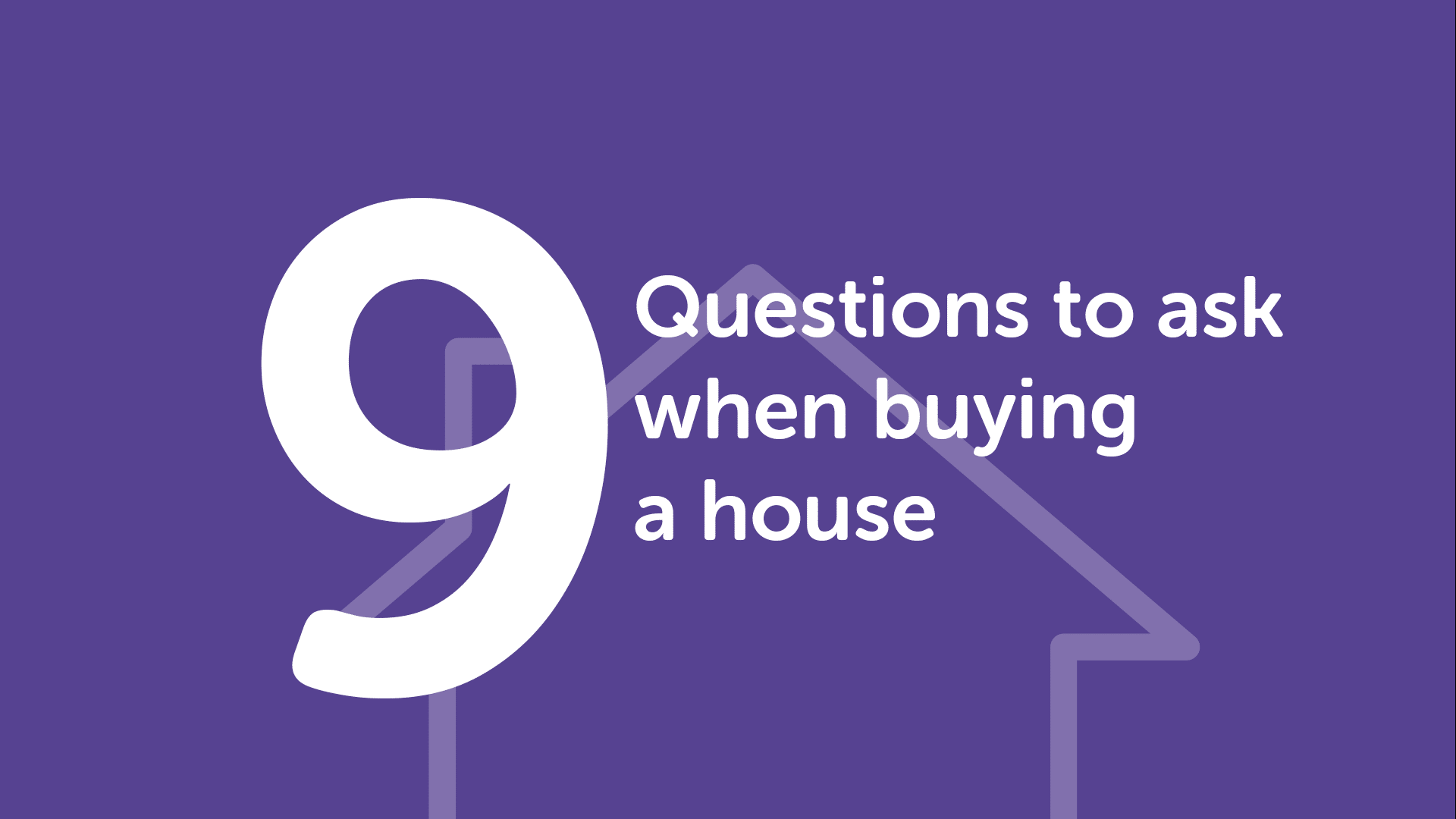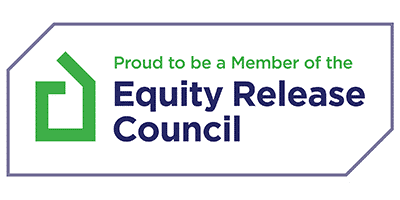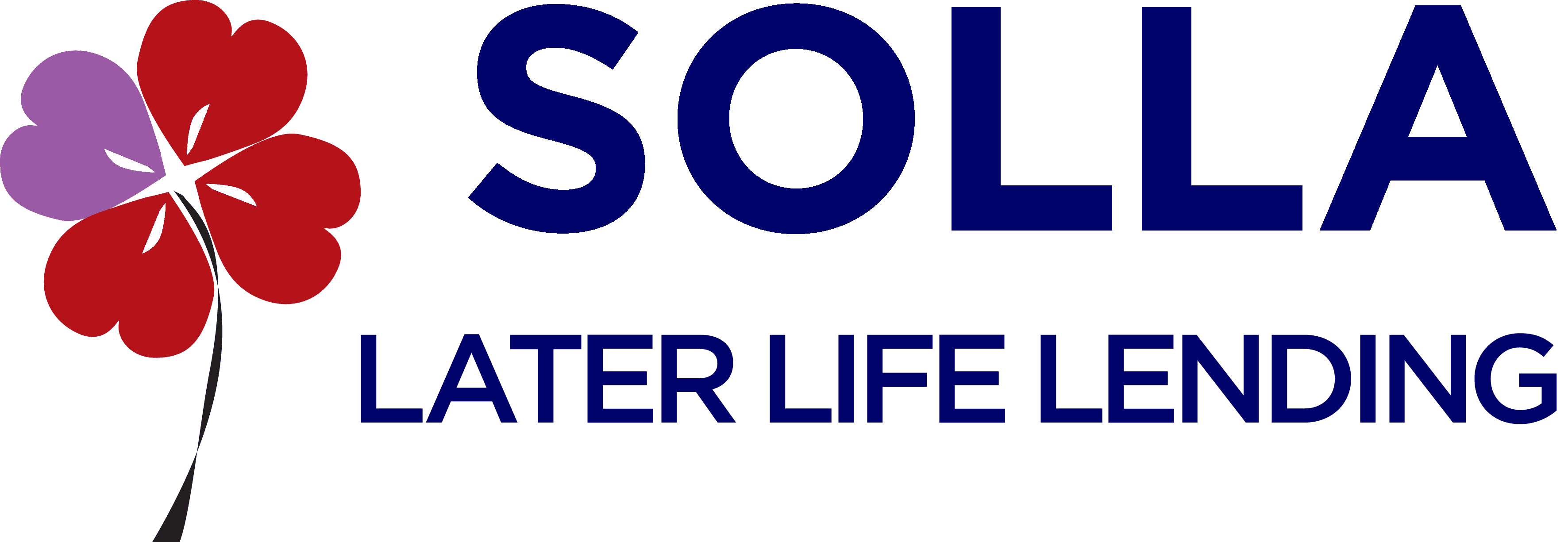Mortgages Types Explained in Grimsby
Whether you’re a first time buyer in Grimsby looking to step onto the property ladder or someone who’s moving, you’ll soon discover that there’s a diverse array of mortgage types available. Some are widely known and readily accessible, while others are more niche. To help you better understand the variety of mortgages at your disposal, we’ve compiled a list of the most common options offered by lenders. We’ve also created informative videos for each mortgage type to make them more comprehensible, as some can initially appear quite complex.
What is a fixed-rate mortgage?
A fixed-rate mortgage is quite straightforward. With this type of mortgage, your monthly payments remain constant for a predetermined period that you agree upon with your lender. Typically, people opt for fixed-rate mortgages with durations of 2-5 years, but you can choose longer terms, such as 10 or even 15 years.
It’s essential to consider that long-term fixed-rate mortgages lock you into the same payments for an extended period, and significant changes can occur over 10 or 15 years. The economy and interest rates are unpredictable over such extended periods. To potentially save money in the long run, opting for a 2-year fixed-term mortgage and renewing it with a different rate every 2 years could be a more flexible and advantageous approach.
What is a tracker mortgage?
A tracker mortgage is where the interest rate closely mirrors the Bank of England’s base rate. Unlike fixed-rate mortgages, the lender doesn’t set the interest rate but ties it directly to the Bank of England’s rate. Your interest rate is usually expressed as a percentage above the Bank of England base rate. For instance, if the base rate is 1% and your tracker mortgage is set at 1% above the base rate, your effective interest rate would be 2%.
During periods of high Bank of England interest rates, lenders may be less inclined to offer tracker mortgages since they can result in higher interest payments for borrowers. Fixed-rate mortgages tend to be more popular in such circumstances because they provide stability and protection from rising interest rates. If you choose a tracker mortgage when the Bank of England rates are high, it may lead to higher mortgage payments over time, which might not be suitable for borrowers seeking predictability and affordability.
What is a repayment mortgage?
When you have a repayment mortgage, you’re making monthly payments that cover both the loan’s interest and principal. If you consistently make these payments throughout the mortgage term, you’ll ensure that the loan balance is fully paid off, and the property becomes entirely yours.
Repayment mortgages are the most secure way to repay the borrowed capital. In the early years, the majority of your payments go toward interest, causing the balance to decrease slowly, especially if you’ve chosen a longer-term mortgage, such as 25, 30, or 35 years. However, this pattern changes in the last decade of your mortgage, where your payments start to pay off more of the principal than interest, resulting in a quicker reduction of the remaining balance.
What is an interest only mortgage?
While many buy to let mortgages in Grimsby are commonly structured as interest-only, obtaining an interest-only residential property mortgage has become considerably more challenging. Lenders are now less inclined to offer interest-only products. However, there are specific situations in which this option may still be available.
Such situations include downsizing in later years or having alternative investments earmarked to repay the principal. Lenders have become much stricter in their criteria for offering these products, and the loan-to-value ratios are significantly lower than in the past.
What is an offset mortgage?
An offset mortgage involves the setup of a linked savings account alongside your mortgage account by the lender. The concept is simple: if you have a mortgage balance of £100,000 and maintain £20,000 in your linked savings account, you only pay interest on the reduced amount, which is £80,000 in this scenario. This approach can be highly effective for managing your finances, particularly if you fall into a higher tax bracket.
Mortgage Broker in Grimsby
Whether you are a first time buyer in Grimsby searching for a perfect home or current home-owner wanting to move house, we can help! You may be looking to remortgage, interested in buy to let mortgages, need mortgage advice in Grimsby. Guiding you through these situations is what we do best and it is our service to you as our consumers.
Date Last Edited: February 20, 2024

